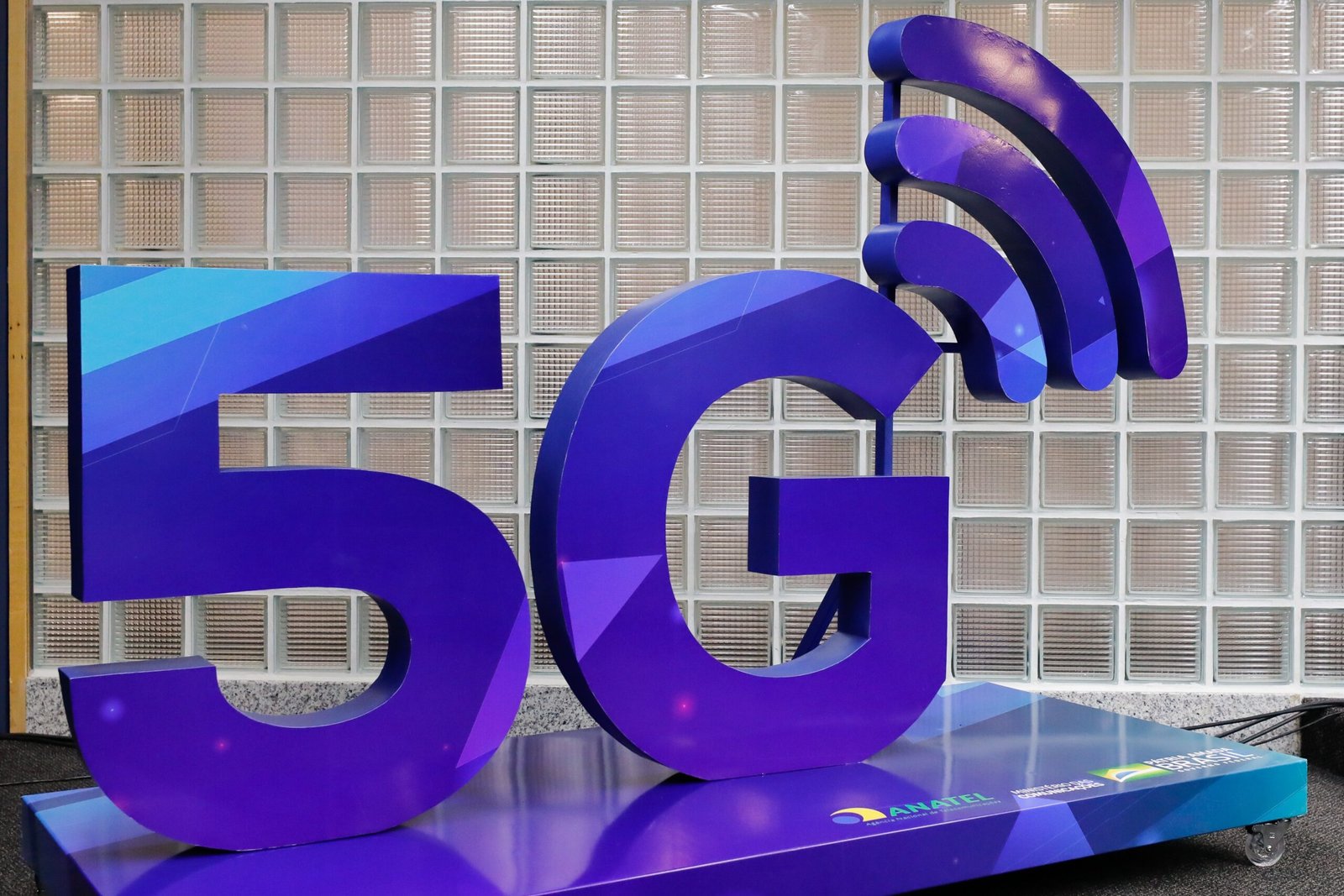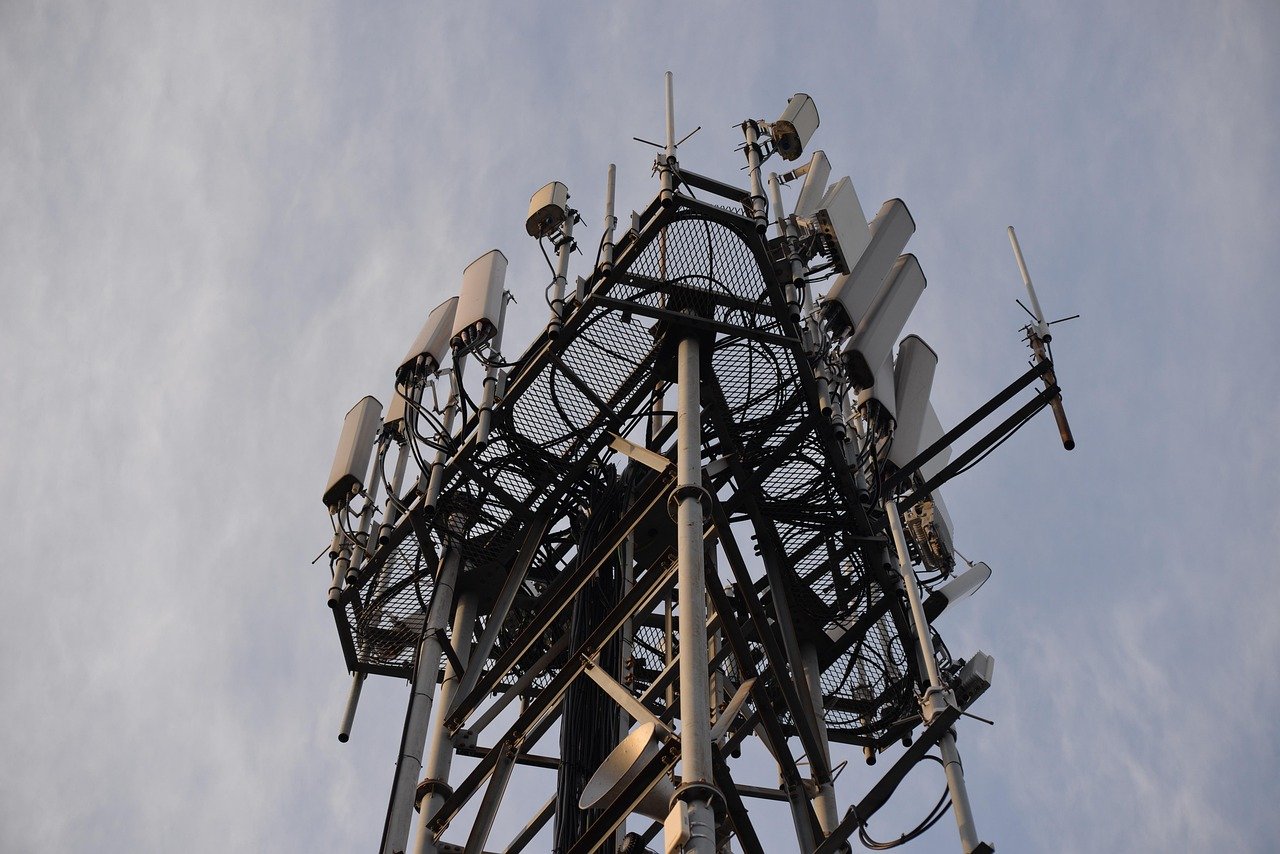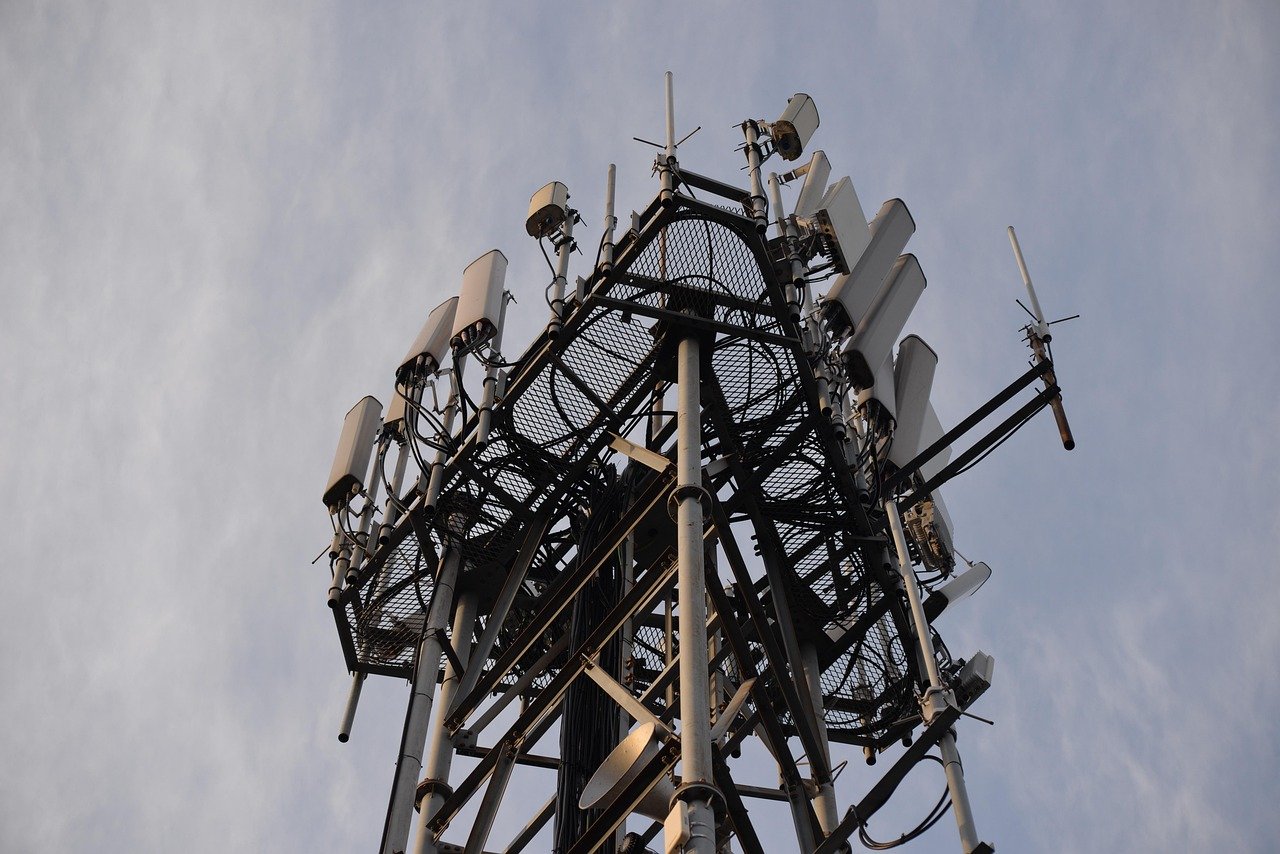Understanding 5G Technology

5G technology isn’t just another incremental upgrade—it’s a seismic shift in how we connect, communicate, and consume. With peak download speeds touching 10 Gbps, 5G has shattered previous limitations, making mobile internet feel nearly as fast as a wired connection. The real magic, though, lies in its ultra-low latency, dropping to as little as 1 millisecond, which means lag is practically nonexistent. This has opened doors for everything from lag-free video calls to real-time gaming and autonomous drone flights. According to the GSMA, 5G networks are set to reach over a third of the world’s population by 2025, with an estimated 1.7 billion connections. These aren’t just numbers—they represent a fundamental rewiring of society, enabling smart homes, connected factories, and even remote surgeries. As 5G coverage spreads, its impact will only grow deeper, transforming the very fabric of our digital lives.
The Emergence of 6G
Even as 5G networks roll out, the world’s brightest minds are already racing toward 6G, a technology expected to debut commercially by 2030. Early projections suggest 6G could offer mind-boggling data speeds—up to 100 Gbps—and latencies so low, they verge on instantaneous. This isn’t just faster streaming; it’s the backbone for technologies we’re only beginning to imagine. Picture seamless holographic calls, immersive virtual reality worlds indistinguishable from reality, and real-time digital twins of entire cities. Industry leaders and academic institutions are investing heavily in 6G research, aiming to create networks that blur the line between the physical and digital. If 5G felt revolutionary, 6G promises to be nothing short of transformative, redefining what it means to be connected.
Key Differences Between 5G and 6G

The leap from 5G to 6G isn’t just about speed—it’s about a fundamental change in how networks function and what they can do. While 5G focuses on enhanced mobile broadband and supporting the Internet of Things, 6G aims to weave together advanced AI, machine learning, and sensing capabilities. 6G will explore terahertz frequency bands, which offer colossal data rates but bring new technical challenges like signal attenuation. Unlike 5G, which mainly connects people and devices, 6G envisions a world where everything—objects, environments, even our own bodies—can be seamlessly integrated into a digital ecosystem. The result is a platform ready for autonomous systems, smart infrastructure, and yet-to-be-invented applications. This shift represents not just more bandwidth, but a deeper, more intelligent kind of connectivity.
Potential Applications of 6G
The promise of 6G stretches far beyond faster downloads or better video calls. It opens up possibilities that were once the stuff of science fiction. Imagine smart hospitals where doctors perform surgeries remotely with zero lag, or autonomous vehicles that communicate in real-time to prevent accidents before they happen. In manufacturing, 6G’s ultra-reliable connectivity will power fully automated factories, where machines respond instantly to changes on the production line. Supply chains, too, will become more transparent and efficient thanks to real-time data sharing. Even in entertainment, 6G could make cinematic VR experiences and interactive holography as common as streaming video is today. These applications aren’t just upgrades—they’re paradigm shifts, promising to reshape industries and daily life.
The Role of Artificial Intelligence in 6G
Artificial intelligence isn’t just an add-on for 6G—it’s the beating heart of the next generation of connectivity. With billions of devices and sensors flooding networks with data, AI will be essential for managing, optimizing, and securing all that information. Smart algorithms will allocate bandwidth where it’s needed most, predict and prevent outages, and even hunt down potential security breaches before they happen. According to the International Telecommunication Union, AI will handle the vast complexity of 6G networks, making them more adaptive, resilient, and user-friendly. This tight integration means that future wireless networks will be able to personalize experiences, anticipate user needs, and continually improve themselves—all with minimal human intervention.
Environmental Impact and Sustainability
With the explosive growth of digital connectivity comes a serious environmental challenge: how to keep networks green while demand soars. 6G research is placing a heavy emphasis on sustainability, with a goal to use energy more efficiently and incorporate renewable sources wherever possible. The ITU has called for eco-friendly materials and smarter network architectures that minimize energy waste. For example, AI-driven power management could shut down idle network components or reroute data to avoid energy hotspots. These initiatives aim to cut telecom carbon footprints, making the next wave of connectivity not just faster and smarter—but also cleaner. As billions more devices come online, building sustainable networks isn’t just a choice—it’s a necessity for the planet.
Global Competition and Collaboration

The race to 6G is as fierce as it is fascinating, with global superpowers jockeying for technological leadership. The United States, China, South Korea, Japan, and the European Union are pouring billions into 6G research and setting ambitious targets for early trials. Yet, even amid competition, there’s an unprecedented level of cross-border collaboration, as stakeholders realize that global standards and interoperability are essential. Projects like the European Union’s 6G Research and Development Initiative are bringing together universities, tech giants, and governments to shape a unified vision for the next generation. This blend of rivalry and teamwork will determine not just who leads, but how inclusive and secure the future of connectivity becomes.
Security Challenges in 6G
With every leap in connectivity comes a new wave of security threats, and 6G is no exception. As networks become more powerful and pervasive, they also become juicier targets for cybercriminals and state-sponsored hackers. The complexity of 6G, with its reliance on AI and decentralized architecture, introduces fresh vulnerabilities that require novel defense strategies. Experts predict a surge in attacks on connected devices, data streams, and even the underlying AI algorithms themselves. To counter these risks, researchers are exploring quantum encryption and blockchain-based authentication as potential safeguards. The stakes are higher than ever, as 6G will underpin critical infrastructure, healthcare, and transportation systems worldwide.
The Future of Connectivity: A Paradigm Shift

The transition from 5G to 6G isn’t just another tech upgrade—it marks a profound shift in how we experience and interact with the world. Connectivity will be so fast, reliable, and adaptive that the boundary between the digital and physical realms will blur. Everyday objects will gain a digital presence, and people will navigate spaces where information and experiences overlay the real world in real time. Sectors like healthcare, transport, and entertainment will be radically transformed, creating opportunities—and challenges—that we can only begin to imagine. The coming decade will define not just how we connect, but how we live, work, and dream.
Economic Impact and Market Potential

The economic stakes of 6G are enormous, with analysts forecasting trillions of dollars in new value creation across industries. Early reports suggest that by 2035, 6G could generate over $5 trillion in economic output, driven by innovations in automation, smart infrastructure, and new digital services. Businesses able to harness 6G’s capabilities will gain a decisive edge, from real-time logistics optimization to personalized retail experiences. Meanwhile, countries investing heavily in 6G R&D are positioning themselves for leadership in a global market that rewards technological prowess. This isn’t just about faster phones—it’s about rewriting the rules of the digital economy.
Societal Implications and Digital Inclusion

While the promise of 6G is dazzling, it also raises urgent questions about digital equity and access. As networks become more sophisticated, there’s a risk that the digital divide could widen, leaving underserved communities further behind. Policymakers and industry leaders are already exploring ways to make 6G deployment inclusive, such as subsidizing infrastructure in rural areas or creating affordable access programs. The goal is to ensure that the benefits of next-generation connectivity are shared by all, not just the privileged few. Making 6G truly universal is both a moral imperative and a smart investment in a more connected, equitable world.


